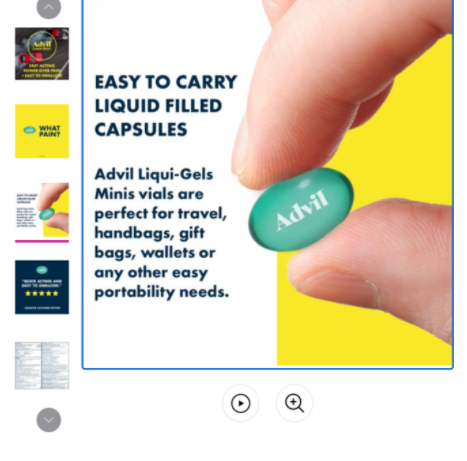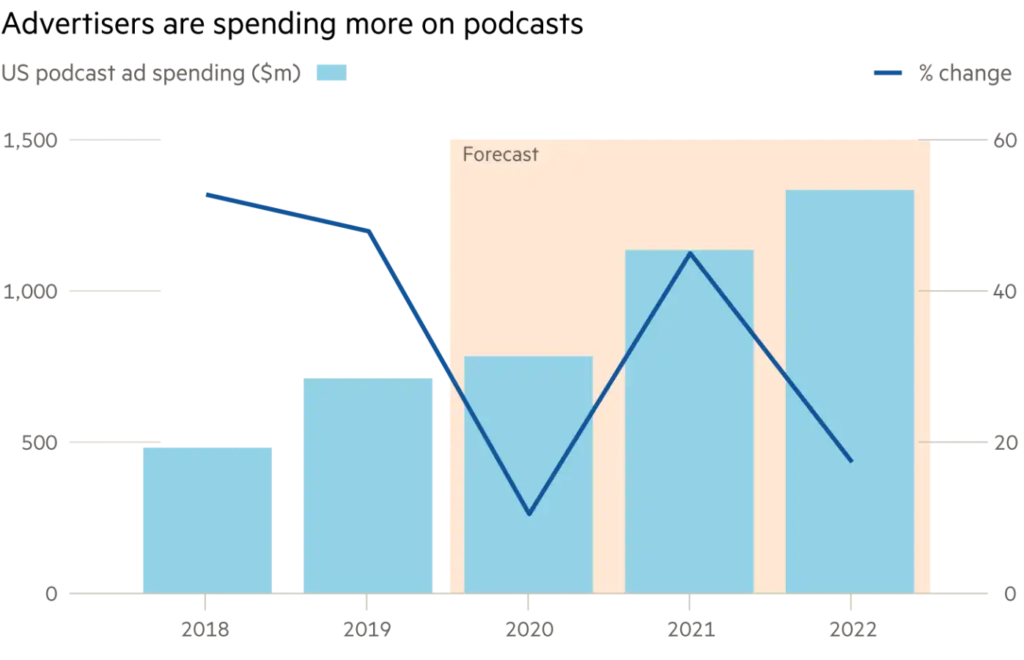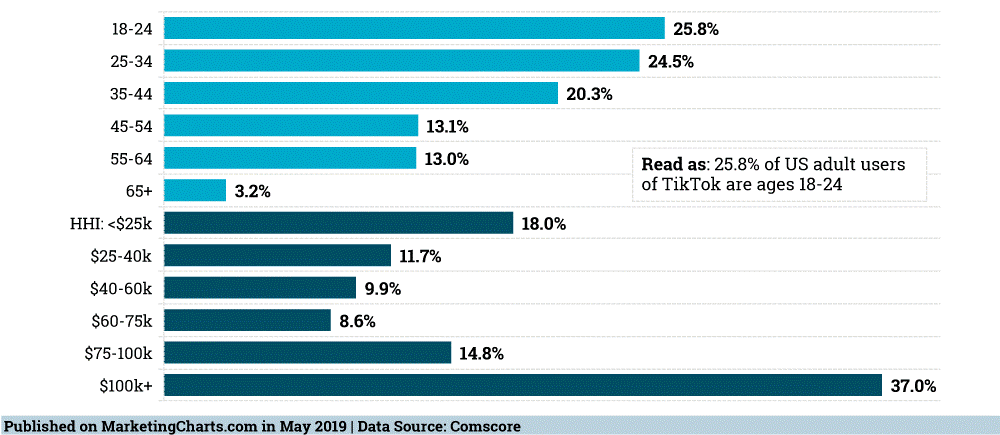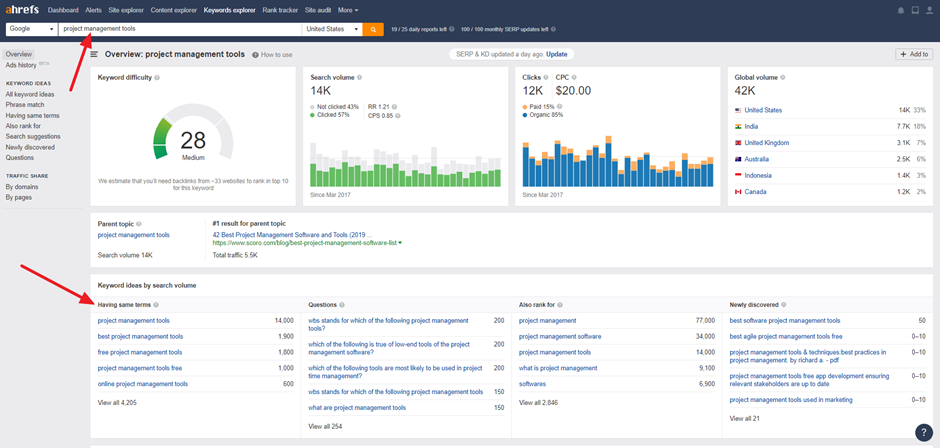Target is the second-largest general retailer in the US behind Walmart, with around 1,870 stores nationwide by May 2020. The group sells a broad range of goods including beauty products and household essentials, appliances and home furnishings, apparel, and accessories. Target has a sizeable online operation, but as of 2019 this still generated only 7% of sales.
However, the COVID-19 pandemic caused eCommerce sales to more than double during 2020. Target’s online sales grew 155% in the third quarter of 2020, and consumers are spending more too. Average basket size, across in-store and online, grew 15.6%. Correspondingly, during this time, Target had over 10 million new digital guests and 40% of visitors to Target.com used the search functionality. It also became two times (2X) more likely for Target consumers to convert when they interact with search.
According to eMarketer, digital ad spending in the US retail industry is expected to grow by an incredible 25.7% in 2021. Of the many advertising growth drivers for the year ahead, expansion into new eCommerce platforms and a wider array of advertising options amongst retailers stand out as key factors influencing where marketers will choose to invest their time and resources.
Target.com Interest-Based Advertising
Target.com participates in interest-based advertising (IBA), also known as Online Behavioral Advertising. We use third-party advertising companies to display ads tailored to your individual interests based on how you browse and shop online, as well as to provide advertising-related services such as ad delivery, reporting, attribution, analytics, and market research.
We allow third-party companies to collect certain information when you visit our websites or use our mobile applications. This information is used to serve ads for Target products or services or for the products or services of other companies when you visit this website or other websites.
These companies use non-identifiable information (e.g., click stream information, browser type, time and date, subject of advertisements clicked or scrolled over, hardware/software information, cookie and session ID) and personally identifiable information (e.g., static IP address) during your visits to this and other websites in order to provide advertisements about goods and services likely to be of greater interest to you.
Also, these parties typically use a cookie, web beacon, or other similar tracking technologies to collect this information. Target adheres to the Digital Advertising Alliance (DAA) self-regulatory principles for IBA.
Sponsored Product Ads on Target.com
Target Product Ads help give your product sales a boost with native, cost-per-click (CPC) ads on Target.com and the Target app by:
- Driving incremental sales by bidding against highest-performing products.
- Reinvesting in winning strategies with near-real-time reporting and sales attribution.
How Sponsored Product Ads Work
Connect your Target Product Ads to actual sales for the ultimate ROAS. You can seamlessly drive purchase-ready shoppers to your product detail pages via native retail ads on Target.com and the Target app through these easy processes that include:
- Budget and investment
- Product selection and promotion
- Ad Display
- Optimization
This is a simple, fast, and easy process as shown below. You optimize, maximize and repeat.

Source: Target
Where are Ads placed on Target.com?
Look no further on where to reach highly engaged shoppers. Target Sponsored Product Ads are placed where shoppers are actively searching and browsing for products.
- Product Detail Pages
- Category/Browse Pages
- Search Pages
- Dynamic Landing Pages
- Product Listing Pages
- Product Recommendations
- Aisle Pages
Where are Ads placed on the Target app?
- Search Pages
- Dynamic Landing Pages
Sponsored Product Partners
Activate your campaigns by working with Target’s preferred partners: Criteo, Kenshoo, or Pacvue.
Criteo
Criteo’s ad serving platform is integrated directly with Target and ensures ads are relevant, fast-loading, and optimizable for advertisers to drive performance. With more transparency and flexibility than ever before, brands can choose to buy through Criteo’s enterprise-grade self-service platform and apply various targeting and optimization strategies, or to leverage a Criteo API partner.
Pacvue
Pacvue is an enterprise platform for brands and agencies to manage their Target Product Ads by combining holistic performance data with recommended actions. Marketers use Pacvue’s competitive insights, flexible reporting, and intelligent automation to lower costs, grow their share of voice and increase sales. Pacvue is one of the first advertising technology platforms to allow users to manage their Target campaigns through programmatic bidding, analytics, and automation.
Kenshoo
Seamlessly create and manage Target Product ad campaigns with enterprise-grade automation, insights, and optimization capabilities across channels. Advertisers can activate and measure advertising performance at scale with flexible service options to help drive category growth through Target.com and the Target app.
Conclusion
After a year like 2020, marketers know they can’t take their annual planning at face-value anymore. Budget fluidity, or the ability to move budget flexibly based on just-in-time information, will be key to respond to shifts in consumer demand, mitigate out-of-stock crises, and take advantage of advertising channels like Target.com and the Target app.
What’s more, there’s a significant first-mover advantage. Channel adopters who get it right early on with growing channels, like Target.com and the Target app, tend to benefit from lower competition and cheaper CPCs, build repeat customers with initial conversions, and gain a competitive edge through testing and learning. To manage the complexity and breadth of insights across Target’s Sponsored Ad platform, technology like Criteo, Pacvue and Kenshoo are ever-present and helpful.






